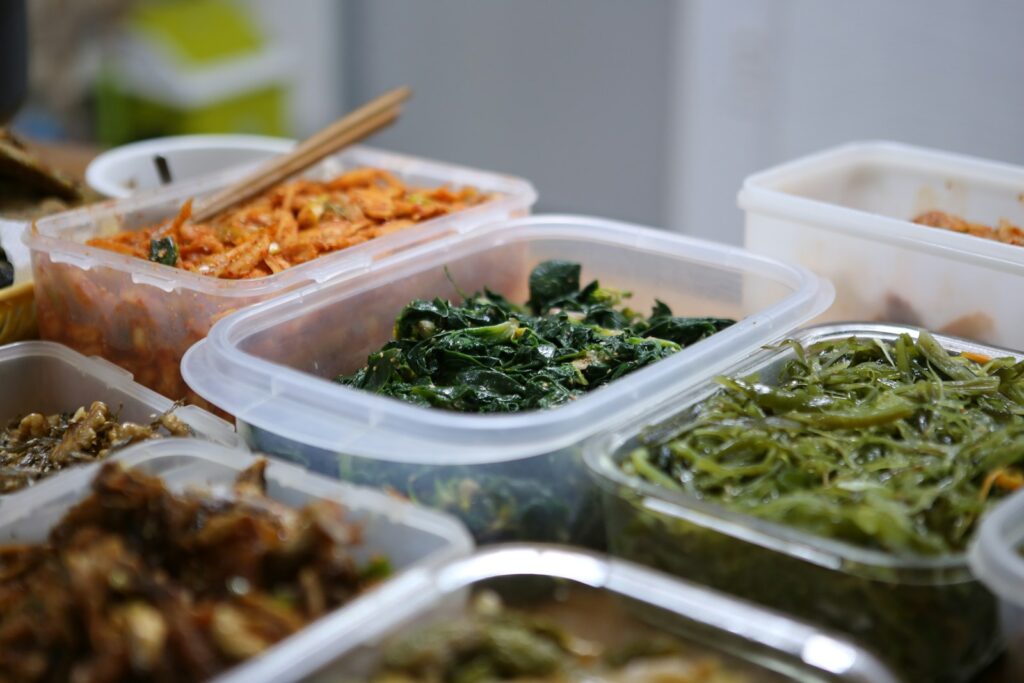Eating healthy often carries the reputation of being expensive, but it doesn’t have to be that way. With a little strategy and awareness, you can fill your cart with nutritious foods that fuel your body without draining your wallet.
Smart grocery shopping is about planning, prioritizing, and knowing where hidden costs can be found.
Plan Before You Shop
Impulse buys are one of the fastest ways to overspend at the grocery store. Walking in with a list based on your weekly meals helps you avoid grabbing items you don’t need. Start by planning 3–4 core meals and choosing versatile ingredients that can be used in multiple ways, such as beans, rice, or chicken.
Checking your pantry and fridge before heading out also prevents duplicate purchases. If you already have pasta, you may only need to buy fresh vegetables and protein to complete your meals. This habit saves money while reducing food waste.
Shop Smart in Every Aisle
The perimeter of the store typically features the healthiest staples—produce, proteins, and dairy—while the inner aisles are filled with processed foods and hidden costs. Still, you don’t need to avoid them altogether. Look for budget-friendly canned or frozen vegetables, which are just as nutritious as fresh and last longer.
Whole grains, such as oats, brown rice, and whole-wheat pasta, are filling, inexpensive, and can stretch across several meals. Buying in bulk—whether it’s nuts, beans, or spices—often significantly lowers the cost per serving. Just make sure you’ll use what you buy to avoid waste.
Read More: 7 Recovery Tools That Actually Work (And 3 That Don’t)
Compare Prices and Brands
Name brands aren’t always better. Store brands often provide the same quality at a lower price, especially for basics like milk, flour, or canned goods. Compare unit prices (cost per ounce or pound) rather than just sticker prices to make smarter decisions.
Sales and coupons can help, but only if you use them on items you would buy anyway. A “deal” on sugary snacks or processed foods doesn’t save money if it pushes you toward less nutritious choices. Focus discounts on staples that support your health goals.
Balance Nutrition and Budget
Eating healthy doesn’t mean buying expensive superfoods. Bananas, carrots, lentils, and eggs are all affordable nutrient powerhouses. Mixing lower-cost staples with seasonal produce ensures variety without overspending.
Protein can be one of the priciest categories, but wise choices like canned tuna, beans, or eggs stretch your budget while delivering nutrition. For meats, buy family packs and freeze any unused portions to maximize value.
It’s also worth preparing meals at home instead of relying on prepackaged options. Cooking from scratch not only saves money but also gives you more control over ingredients, such as salt, sugar, and unhealthy fats.
The Takeaway
Healthy eating doesn’t have to cost a fortune. With a bit of planning, smart aisle navigation, and attention to prices, you can shop confidently without blowing your budget. By focusing on affordable staples, seasonal produce, and cooking at home, you’ll fuel your health and your wallet at the same time.




